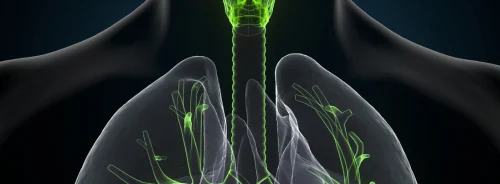HealthManagement, Volume 12 - Issue 2-3, 2012
With the current economic turbulence expected to further impact future healthcare spending, many might expect a grim outlook for the ultrasound market. Instead, the market is in robust health. Global ultrasound revenues are forecast to grow by 27 percent over the next five years, (source: InMedica). The highest growth over this period will be seen in the Asia Pacific region, increasing by 37 percent. In comparison, growth in the American and EMEA region is forecast at 26 percent and 16 percent, respectively.
The compact ultrasound market continues to outperform the cartbased market in terms of annual global shipment growth. In mature markets, increasing demand for ultrasound in point-of-care applications, such as musculoskeletal and emergency medicine, core drivers in emerging markets, and the low cost and flexibility of compact equipment for basic healthcare provision are driving growth. Despite this, cart-based systems are industry standard and dominate, accounting for 81 percent of global revenues.
In both markets, advances in technology are essential to drive the expanding use of ultrasound. Intriguingly, it’s also not brand new technology that is having the biggest impact. optimisation of existing technology will lead to benefits for both users and suppliers of ultrasound equipment.
Fusion Imaging
Fusion imaging is used to integrate two images from different diagnostic imaging modalities. Ultrasound fusion allows physicians to superimpose real-time ultrasound images with pre-taken MRI or CT images. Fusion imaging is not a new concept; the most well-known example is PET-CT, which has been in use for over a decade. However, the fusion of real-time ultrasound with MRI or CT is far less established.
In the last decade, the incumbent limitations of the first generation ultrasound fusion systems prevented widespread adoption. The technology was complicated and difficult to use, resulting in a less cost-effective and clinically beneficial procedure for healthcare providers, and more inconvenience for the patient. This was further hindered by limited image resolution, incomparable in quality to more advanced modalities such as CT.
More recently, there have been a number of systems with significant improvements on these issues: “Smart Fusion”, a new function in the Aplio 500 by Toshiba Medical Systems; “eSie Fusion” imaging, in the Acuson S3000 system by Siemens Healthcare; and Hitachi Real-time Virtual Sonography (HI RVS) in Hitachi’s HI VISIoN Ascendus. One such improvement is transducer positioning and navigation technology. The incorporation of advanced GPS positioning enables real-time feedback of needle position during interventional procedures. This allows highly accurate guidance and improves both the speed and quality of the scan.
New software and visualisation packages also allow automatic alignment between the ultrasound and CT or MRI image. This decreases the time taken to produce the fusion image, improving workflow and convenience for the user. Automation and simplification of complex ultrasound examinations, such as fusion imaging, is being facilitated by the application of both new and existing technology. This approach, combined with increased physician education, is a powerful tool crucial for widespread adoption.
Interventional Radiology
Ultrasound also has a wider future role in procedural guidance. Realtime ultrasound guidance for common clinical procedures has been rapidly increasing. The anaesthesiology sector is an example of how improved image quality, flexibility and cost reduction have driven increased ultrasound use. In contrast, interventional radiology has remained doggedly loyal to more advanced modalities, and ultrasound penetration is still in infancy. Yet, increased adoption of ultrasound could have wide-ranging benefits.
Recent technological advances in minimally invasive surgery have led to new therapies integrating interventional and surgical procedures. Hybrid operating suites are increasingly used for these procedures, combining the conventions of





